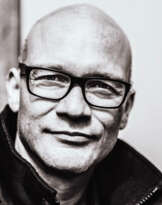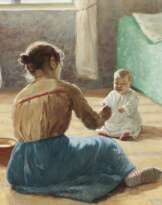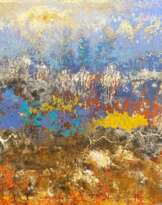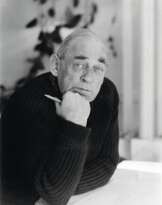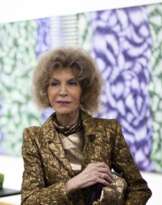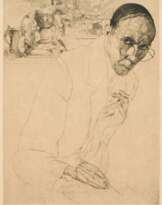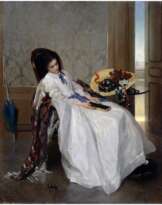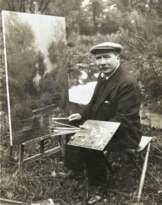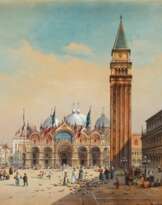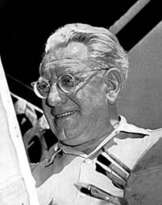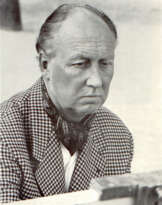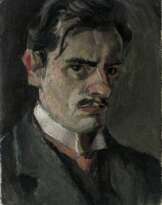Wäinö Waldemar Aaltonen (1894 - 1966)

Wäinö Waldemar Aaltonen
Wäinö Waldemar Aaltonen was a Finnish artist and sculptor, celebrated for his contributions to the cultural landscape of Finland, particularly during the early years of the nation's independence. Born in 1894, Aaltonen's works are distinguished by their nationalist themes and monumental scale, often reflecting the spirit and identity of Finland. His artistic journey was notably influenced by a trip to Italy in 1923, where he encountered cubist and futurist art, elements of which he integrated into his own work.
Aaltonen's sculptures are key features in Finland's public spaces, including the well-known statues in the House of Parliament and numerous works in Turku, such as the "Lily of Turku" and a statue of the runner Paavo Nurmi. His mastery is also showcased at the Wäinö Aaltonen Museum of Art in Turku, which houses a significant collection of his sculptures, paintings, and drawings. This museum not only celebrates his legacy but also serves as a central repository for his extensive works, donated by Aaltonen himself.
For those interested in exploring Aaltonen's work and the impact of Finnish sculpture, a visit to the Wäinö Aaltonen Museum of Art is invaluable. The museum provides a comprehensive view of his artistic evolution and contributions to Finnish art. For updates on exhibitions and events related to Wäinö Aaltonen, consider signing up for notifications through the museum's mailing list, ensuring you stay informed about new insights and offerings related to this pivotal artist.
| Date and place of birt: | 8 march 1894, Marttila, Grand Duchy of Finland |
|---|---|
| Date and place of death: | 30 may 1966, Helsinki, Finland |
| Nationality: | Finland, Russian Empire, Grand Duchy of Finland |
| Period of activity: | XX century |
| Specialization: | Landscape painter, Monumentalist, Painter, Sculptor |
| Genre: | Allegory, Portrait sculpture, Landscape painting, Portrait |
| Art style: | Art Deco, Cubism, Expressionism, Modern art, Realism, Futurism |
